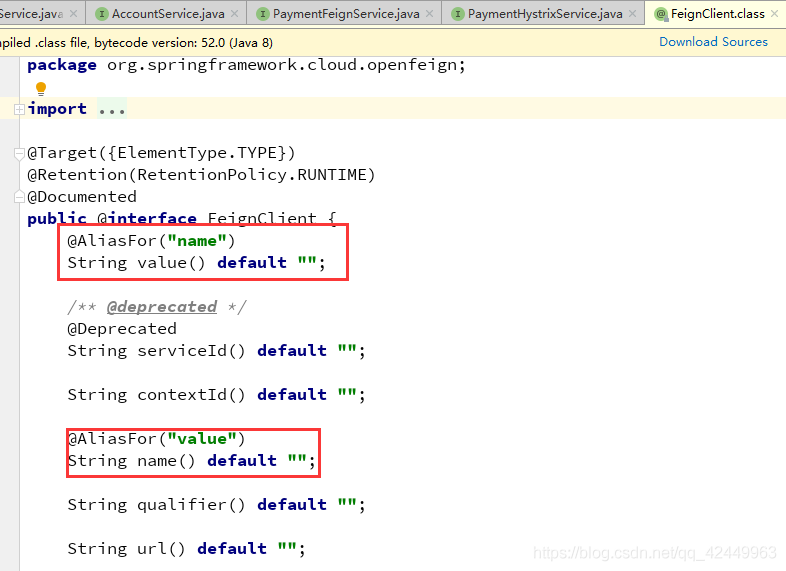在Java中使用String类的length()方法来获取字符串的长度。
一、Java中的length()方法
Java String类的length()方法用于获取字符串的长度。这个方法会返回string对象的字符数,也可以被翻译为string的长度。
public class Main {
public static void main(String[] args) {
String str = "Hello, World!";
int len = str.length();
System.out.println("The length of the string is: " + len);
}
}创建了一个String对象str,并使用length()方法获取其长度。然后打印这个长度。
二、字符串长度的计算方法
在Java中,字符串的长度是由其中的字符数量决定的。也就是说,如果字符串包含空字符,那么这些空字符也会被计算在内。一下代码是对此情况的解释。
public class Main {
public static void main(String[] args) {
String str = " Hello, World! ";
int len = str.length();
System.out.println("The length of the string is: " + len);
}
}字符串str前后都包含了一个空格字符,虽然空格字符在视觉上看起来并没有占用太大空间,但它仍然会计入字符串的长度。
三、使用trim()方法处理字符串的空字符
Java String类的trim()方法可以移除字符串两端的空白字符。然后我们可以对处理过后的字符串调用length()方法,这样得到的长度就不包含原来字符串两端的空白字符。让我们来看以下示例:
public class Main {
public static void main(String[] args) {
String str = " Hello, World! ";
int len = str.trim().length();
System.out.println("The length of the trimmed string is: " + len);
}
}使用trim()方法移除了字符串两端的空白字符,然后再调用length()方法获取长度,这样得到的长度就不包含原来字符串两端的空白字符。
织梦狗教程
本文标题为:Java如何获取string的长度


基础教程推荐
猜你喜欢
- 用java实现扫雷游戏 2022-12-06
- 全局记录Feign的请求和响应日志方式 2023-01-09
- Java使用EasyExcel进行单元格合并的问题详解 2023-01-18
- SpringBoot配置文件中密码属性加密的实现 2023-03-11
- 一文了解Java 线程池的正确使用姿势 2023-06-17
- Java去掉小数点后面无效0的方案与建议 2023-02-18
- JVM分析之类加载机制详解 2023-04-06
- Project Reactor源码解析publishOn使用示例 2023-04-12
- 工厂方法在Spring框架中的运用 2023-06-23
- Java File类的概述及常用方法使用详解 2023-05-18

















